My first few years of freelancing started when I was a freshly-graduated college student. I took on whatever job was sent my way, from designing logos for friends to doing illustrations for apps. It was sporadic and frustrating because I was still trying to figure out what I wanted to do and where I wanted to take my career, all while stressed and desperate to find my “style”. I remember how it made me feel lost and afraid I would never make it.
Now, almost ten years later, not only have I been able to discover and refine my artistic voice, but I’ve been lucky enough to have worked with art directors, publishers, and clients in general that I never would have dreamed possible.
Looking back on the last (almost ten!) years of working as an illustrator, I’d like to share ten pieces of advice I wish I could give to myself when I was younger. This applies to newer artists, beginners, students, and anyone who feels lost in their journey as an artist.
1
YOUR CAREER WILL BE SEASONAL
I think we all logically understand that our career path will take many twists and turns, and that we shouldn’t expect linear growth. But it feels bad when we do (inevitably) experience these times, or when we are still new to everything and want to be more established. It feels like we are not a good artist when we have to take time away from our work for care-taking, especially when it’s extended periods of time. Each new phase of our careers will have it’s own pros and cons, things you enjoy about it and things you don’t.
Please remember and understand that wherever you’re at in your artistic journey, you are in a certain season, and it’s ok to want to move on to the next, but also that it’s normal to experience fluctuations.
2
GETTING A “NON-CREATIVE” JOB
ISN’T A MORAL FAILING
This is another one that people feel ready to apply to other people, but for some reason, this rule doesn’t apply to ourselves.
If a friend of yours gets a non-art-related job to support themselves, you are quick to support them and encourage them, but if we have to get a non-art-related job for the same reason, we are failures.
The encouraging truth is that, of course, this isn’t true. Not only are we not failures for getting a regular job, but it could be one of the best things you could do for your art career. Being able to find a job that allows you to pay the bills gives you the freedom to focus on what you want. It allows you to build up a buffer so that when you are ready to jump back into freelancing, you can have a developed personal portfolio, as well as savings to fall back on when (not if, but when) times are slow and we still need to pay those bills.
When I was a student, I remember wanting to freelance at any cost. I wish I had given more consideration to getting a job outside of art while I figured everything else out. I have a lot of respect for people who chose to take this path because it’s not an easy one.
There is no right way to arrive at being a professional illustrator. There is no timeline. The best way is whatever way works for you.
3
YOU AREN’T A MACHINE
When I was younger, I felt like I could endure countless sleepless nights just to draw. I could sacrifice my hobbies, my relaxation time, and even my social life, for the sake of getting better at art. I was hungry to prove to myself that I could do anything.
Now, I’ve learned that those times you sacrificed your sleep, your social life, and even your mental and physical health, catch up to you. We aren’t machines that can output art indefinitely. We need rest. We need sleep. We need a connection.
I used to feel like I wasn’t a real artist if I wasn’t able to endure hunger, fatigue, or even a cold room, in order to create. My friends at the time would talk about how they couldn’t be pulled away from their work, no matter how uncomfortable they were, as if suffering equaled commitment. And there I was, not wanting to draw because I was slightly hungry, or because the room was too cold, or I only slept 6 hours instead of 8 hours.
For some reason, society still tends to romanticize hustling ourselves into the ground, until we have nothing left to give.
I’ve learned that I don’t have to endure anything in order to be a valid artist.
Please remember that you are not a machine – you are a perfectly imperfect human being, full of beautiful creativity and flaws that make you exactly who you are. Embrace those human aspects of yourself as you create your work.
4
BE OPEN TO CONSTRUCTIVE CRITICISM
(BUT ALSO SELECTIVE)
Back when I was in college, there tended to be two groups of students: those that were hungry for feedback from their peers/teachers, and those that were not. They either didn’t care to hear suggestions to improve, or they took it personally when they received it.
Just to be clear, I am NOT talking about unwanted or negative criticism. You are valid as an artist to not want a piece to be dissected and critiqued to death. Sometimes, you just want to make something and let it exist and move on to the next piece.
What I’m talking about is a general openness to new ideas, to ways to improve, and to apply constructive criticism in the hopes of growing as an artist.
With this understanding, we can also feel free to be selective about the critiques we do hear – we can take feedback and decide whether or not this is applicable to you and your goals as an artist. The hope is to be open and selective during those times of (welcomed) critiques and to separate your work as an artist from yourself so that those critiques don’t feel like a personal attack.
Note: There are, of course, certain mental conditions that make receiving any criticism extremely difficult. This isn’t you being sensitive and taking it personally – it’s a mental condition and something outside of your control. I’m not a mental health professional so I am not offering advice on how to navigate these types of conditions, but asking your doctor more about resources available to help is a great first step toward understanding yourself a little better.
5
YOU WON’T LOVE THE ENTIRE PROCESS
(AND THAT’S OK)
People that aren’t artists may be under the impression that artists in general love every aspect of creating work, and that we’re eager to draw anything for anyone.
While this may be true of a few individuals, I think it’s healthy to recognize that there will be various aspects to creating an illustration that we just aren’t thrilled about, and that it’s ok to feel that way.
I don’t love the thumbnail stage. I make thumbnails, I sketch out ideas, it’s not the worst thing in the world, but I am excited for the rendering stage, and concepting really doesn’t light my fire.
I also don’t love finding and creating reference. I am always grateful that I did, I recognize how necessary it is, but if I could magically get rid of this part of the process and still create convincing and (hopefully good) illustrations, I would (spoiler alert: this is impossible!).
It’s ok and normal to not love every step of the process, and you aren’t more or less valid as an artist depending on how much you enjoy the whole process, from start to finish.
6
CREATIVITY IS A WELL
I’m sure we’re familiar with the metaphor of creativity being like a well, and that in order to create, we need to make sure we’re replenishing the well after draining it. We can do this by taking time to consume art, as opposed to the constant creation of art.
Another way we can fill our creativity well is to make sure we’re getting adequate rest, both physical and mental, and maintaining healthy habits. If you don’t prioritize and address your health on all levels, it’s like filling a well that has a leak in it. No matter how much you consume creatively, it will never be enough: those cracks in the walls need to be addressed and the well needs to be strengthened, so that when you do take the time to consume art and those things in life that give you fulfillment and joy, you can return to your creation phase energized and invigorated.
On that note, my next point is:
7
PRIORITIZE BREAKS
This one is hard, not only logistically, but mentally. It’s hard to embrace the fact that we need to prioritize breaks from work in our life. We feel like we need to constantly work, and it becomes a never-ending cycle of deadline after deadline and we can’t even stop to breathe and feel human!
I understand there are limitations to this, based on whatever your life situation may look like, but I challenge you to really do this and change it in whatever way you need to in order to make it work for your life.
At some point in the future (could be a few weeks to a few months away), you need to mark a period of time in your calendar where you will take a necessary break. It’s non-negotiable. You don’t have a choice of moving it around. It’s in your calendar like an important deadline.
When the break period approaches, you can inform clients (if necessary), that you won’t be working on such-and-such dates, and that you will return to answering emails on a given date. I’ve found that most art directors (if given enough of a heads up – don’t spring this on them at the last minute, whatever you do!!) are understanding of this.
I know everyone is different and for a lot of people taking a week or two off is impossible. I would encourage you to try and take just one day off and give it the same priority as if it were one week. Do whatever you need to do in order to make this suggestion serve your goals.
8
VALUE YOUR TIME
So often, time either feels like an infinite commodity or like the rarest commodity of all. We can either pour tens or even hundreds of hours into a painting, or we spin our wheels painting all day, never feeling like we have enough time.
Please remember that your time is valuable. It’s valuable to clients, as you give them your time, and it’s valuable to you. It’s easy to dismiss it and feel like it’s endless, until you calculate your pay rate and realize that, technically, you’ve been working for a dollar an hour.
If clients won’t value your time and compensate you fairly, then you can. You can create personal work that will strengthen your portfolio, which is infinitely more valuable than a sub-par commissioned piece.
Your time is important and valuable and finite – use it wisely and treat it like the treasure it is.
9
FOSTER OUTSIDE INTERESTS
Something I’ve noticed in a lot of beginners is the phenomenon of becoming so passionate about art that it almost becomes an obsession. There’s a tendency to get tunnel vision and block out anything that isn’t related to art. Passion and drive are essential for success, but if taken too far, can result in work that seems shallow. The technical skill is there, but without any substance behind it.
It’s important to develop other hobbies and interests, whether it’s related to art or not. Not only will it benefit and inform your work, but help you grow and feel fulfilled as a person, which is important for creating good work and avoiding burnout.
10
STAY HUNGRY
With time, it’s easy to become complacent and to assume your learning days are behind you. Every successful artist that I’ve encountered is constantly pushing against their comfort zone, just a little, with every piece they do.
I can’t say it better than this:
“If you feel safe in the area you’re working in, you’re not working in the right area. Always go a little further into the water than you feel you’re capable of being in. Go a little bit out of your depth. And when you don’t feel that your feet are quite touching the bottom, you’re just about in the right place to do something exciting.”
– David Bowie
Keep reaching for that feeling. Keep pushing against what feels comfortable. Keep learning and striving to find new ways to convey your voice and your vision.
Stay hungry.
. . .
I hope this article has been helpful! Creating a successful art career is a combination of hard work, persistence, and a heavy dose of luck.
Whatever your career may look like, whether you’re a beginner or a seasoned pro, I genuinely wish you the most success and the most happiness!
– Miranda


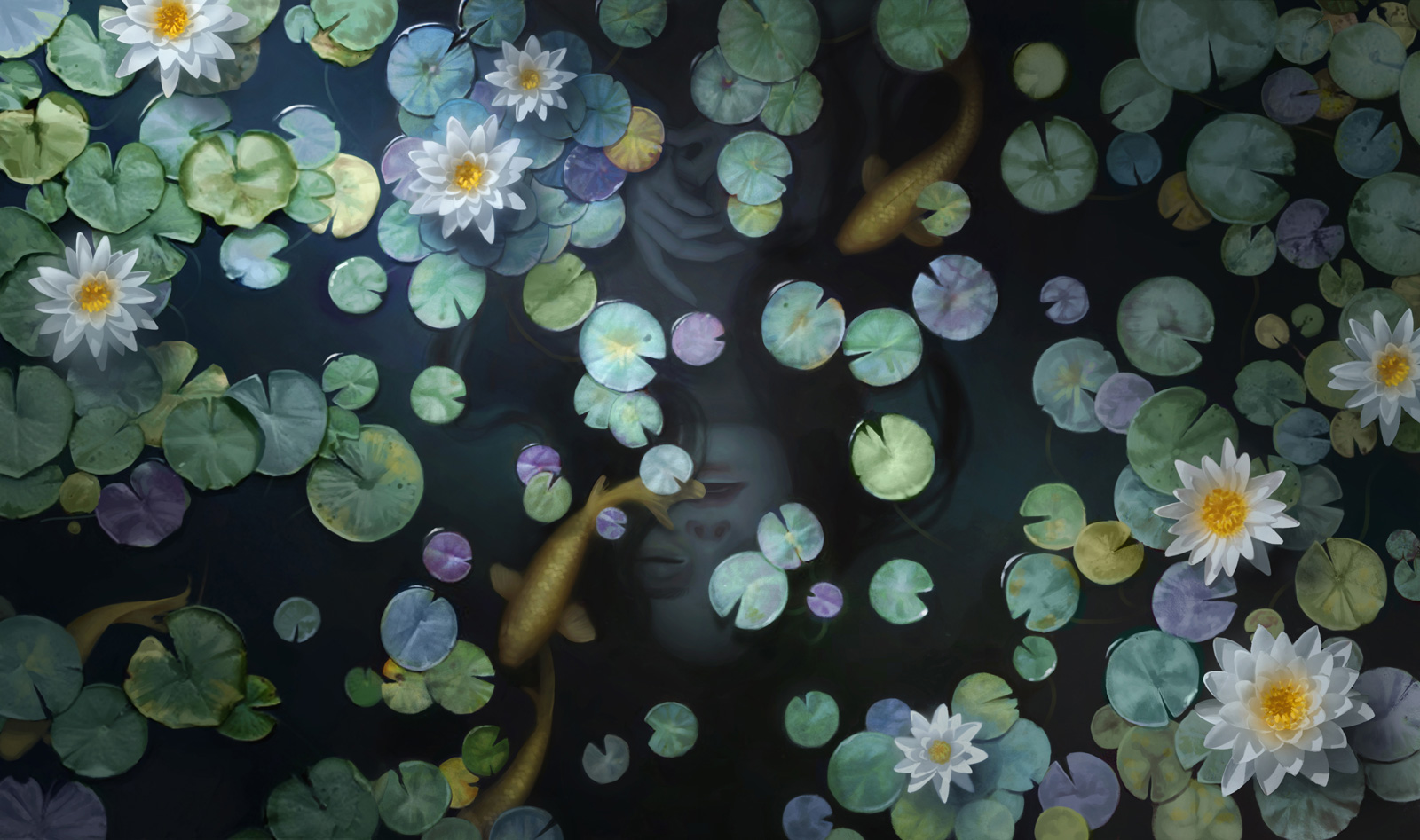
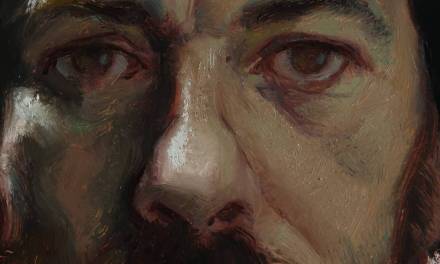
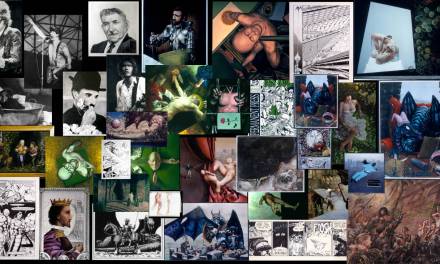
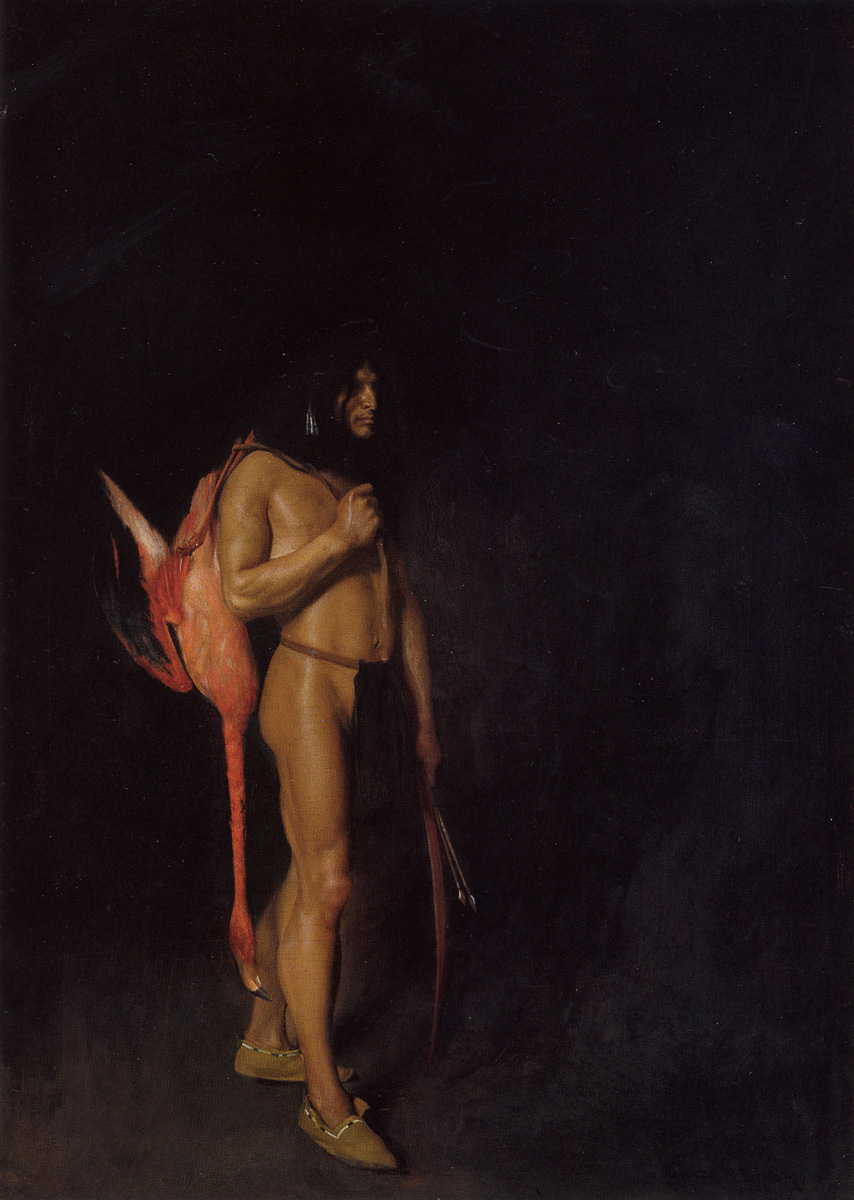
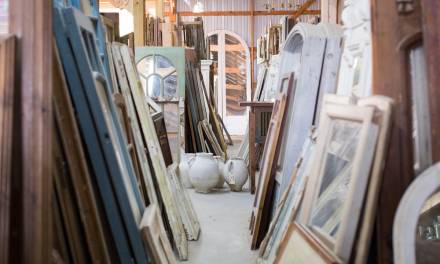
Thanks for posting this Miranda! I love your advice and think it’s spot on, especially for young illustrators. I just wanted to add a caveat to #10. While I 100% agree that artists should look for ways to improve themselves, sometimes doing what you are good at, and comfortable with, can be essential for an artist’s mental health.
Constantly pushing yourself to innovate can lead to burn out, so if you are feeling pressure, feel free to take it easy occasionally and do what comes naturally. Don’t feel bad if you aren’t reinventing the wheel with every new piece, just do the work, have fun, and you can innovate when you have more energy.
Good advice, thanks a lot for sharing. Some I bumped into in this life, others came at the best possible time, but none was meaningless.
Thank you Miranda, very nice read. I especially was surprised and loved that you said it’s okay to have a non creative job. I’ve always felt so guilty and like a failure having a non creative job so to hear this actually made me feel a lot better about it! Thank you, Maya